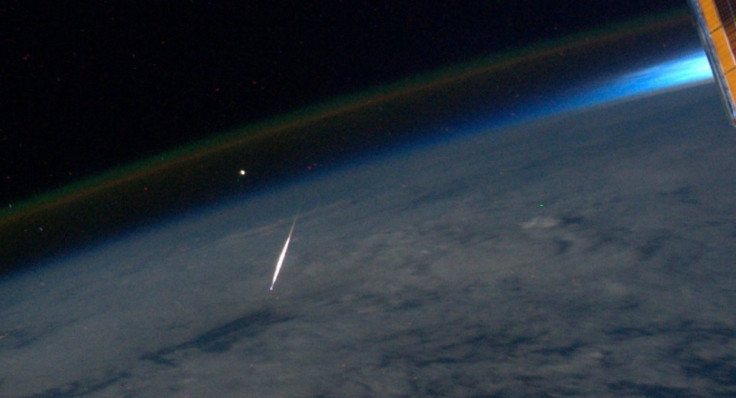Possible Meteor Sightings Dazzle Arizona and California

Dozens of people reported observing a dazzling, bright light, or lights, streaking across the sky Wednesday night over Arizona and Southern California in what authorities said were likely meteor sightings.
The Maricopa County Sheriff's Office fielded more than a dozen such calls on Wednesday, and sheriff's deputies at Deer Valley Airport in north Phoenix reported a sighting themselves, an agency spokesman, Lieutenant Justin Griffin, said.
The deputies described it as greenish light moving across the sky from north to south, he told Reuters.
It took an unusually long time to get across the sky, Griffin said. It's like a meteor. It's not like we had any flying objects with little green men or anything like that.
Sergeant Steve Martos of the Phoenix Police Department said in a statement sent to media outlets that his agency received four calls regarding the light in the sky, adding that Our air unit, myself and other officers observed it as well.
We all made our wishes and went back to work. Nothing more to report. Have a safe night, his message concluded.
The Federal Aviation Administration began receiving reports from the public at about 7:30 p.m. local time, with sightings from Los Angeles and the desert resort of Palm Springs more than 100 miles to the east, as well as from Phoenix, according to an official at the FAA's Los Angeles operations office.
It could be meteors, said the official, who declined to be identified. An FAA spokesman for the Western-Pacific region, Ian Gregor, declined to comment except to say it was not an aircraft issue.
The director of the Griffith Park Observatory in Los Angeles said witnesses were probably seeing a piece of interplanetary debris that passed through the Earth's atmosphere and burned up.
The public saw something that was at a very high altitude, just a piece of rock or maybe a grain of sand as it hit the atmosphere, Ed Krupp said in an interview with local TV station KCAL9.
The American Meteor Society reported that two known meteor showers are active this week, the Iota Cassiopeiids and the Epsilon Perseids, which peaked on September 12 and 10, respectively. But the organization said that bright moonlight would obscure viewing for all but the brightest of heavenly fireballs this week.
The sightings on Wednesday caused a stir on Twitter, with one observer reporting, I saw a lot of red in it from my vantage point in Phoenix, as well as the blue and green tail.
Another tweeted, It was CRAZY! Green and going fast & then it just burned out.
© Copyright Thomson Reuters 2024. All rights reserved.



















